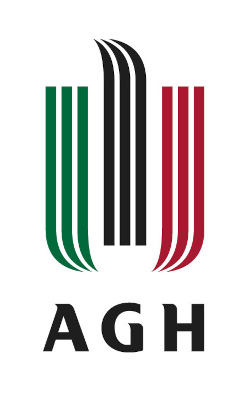HSBC Quant Academy for AGH WMS

WMS
Last Updated: 2024-04-12
Goal
We provide an introduction to quantitative risk management in banking. We start with a general introduction about the history of banks, the types of banks, balance sheets, etc. Then we dive into the different main risk categories such as credit risk, financial market's risk, and counterparty credit risk.
Calendar
See introduction to the programLectures and Content
| # | Lecture | Description | Downloads | Other Resources | ||||||||||||||||||||
|---|---|---|---|---|---|---|---|---|---|---|---|---|---|---|---|---|---|---|---|---|---|---|---|---|
| 1 | Introduction to the program | An introduction to the program to set rules and agreements | See references in the slides | |||||||||||||||||||||
| 2 | Introduction to banking | History, specialisation and risk in banks | See references in the slides | |||||||||||||||||||||
| 3 | Risk in banking | Types of risk, taxonomy, and risk management. | ||||||||||||||||||||||
| 4 | Cohrent Risk Measures | Approaching risk measures axiomatically introduces the concept of coherent risk measures and we explore the important consequences. |
|
Exam
Students form groups of 3 to 5 people and present a groupwork. The groupworks consists of
- choose one of the provided problems
- solve the task as proposed
- prepare a report about the work
- present the work in a short presentation